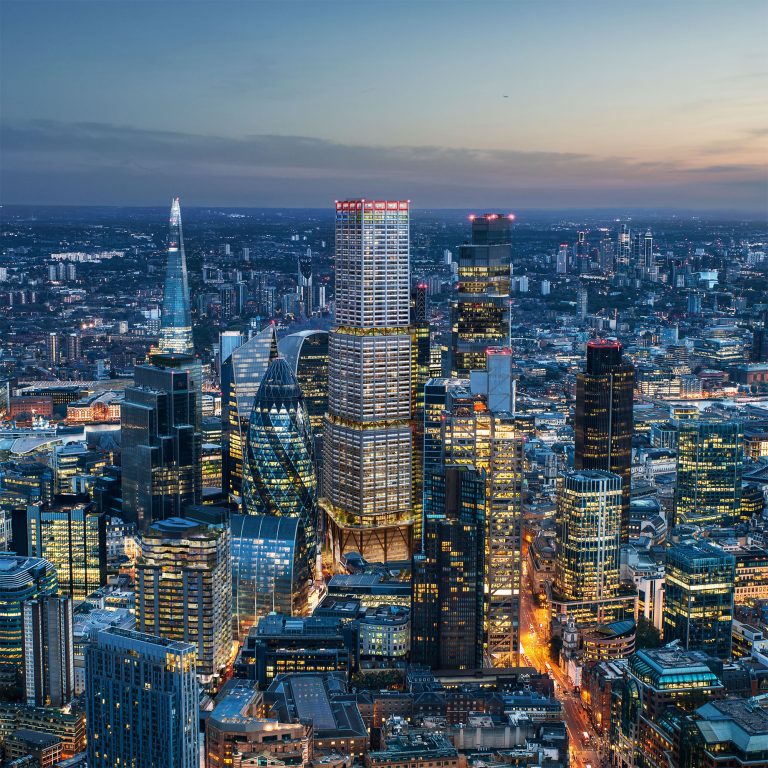It can be quite a bit of fun to do things ourselves. A DIY bathroom renovation can be a rewarding project, both in terms of cost savings and personal satisfaction. However, even the savviest DIY enthusiasts might run into pitfalls that lead to extra expenses, delays, or less-than-stellar results. To help you stay on track, here are 12 common mistakes to avoid in your bathroom renovation journey: Skipping proper planning For many people, jumping into a renovation without a clear plan can be a recipe for disaster. Before you swing a hammer, outline your goals, budget, and timeline. Sketch a layout, decide on materials, and ensure you have the tools you need. This can go a long way to save you headaches down the line. Proper planning is also great for preventing costly mid-project changes. Neglecting to set a realistic budget It’s easy to get carried away with grand ideas and forget to consider how much everything will cost. Make sure you have a concrete idea of your budget before starting your renovation, including any unexpected expenses that may arise. Many DIYers overlook hidden costs such as plumbing upgrades, waterproofing materials, or unexpected repairs. It’s also a good idea to leave some wiggle room for any additional costs that may pop up during the process. Improper waterproofing Bathrooms are high-moisture areas, and inadequate waterproofing can lead to mold, leaks, and structural damage. Don’t cut corners when it comes to waterproofing, and make sure you use appropriate materials for the job. Invest in quality waterproof membranes for walls and floors, and seal all joints thoroughly. Research the best practices for your specific renovation project and follow them carefully. Choosing style over functionality While aesthetics are important, don’t sacrifice functionality. For example, a trendy sink might lack storage space or a beautiful tile might be slippery when wet. Try to prioritise usability, especially in small bathrooms. Consider options such as a wall-mounted vanity to save space or a slip-resistant tile for safety. Not considering storage needs It’s easy to get caught up in picking out beautiful tiles and fixtures, but don’t forget about functional elements like storage! Make sure you have enough space for toiletries, towels, and any other bathroom essentials you need. Consider installing built-in shelves or cabinets, or incorporate creative solutions like wall-mounted baskets or over-the-toilet shelving. Overlooking lighting Lighting can make a huge difference in the look and functionality of your bathroom. Instead of relying on a single overhead light, you may wish to incorporate layered lighting with task lighting near the sink and shower, ambient lighting for overall illumination, and accent lighting to highlight certain features. Don’t forget to include natural light if possible, as it can make the space feel brighter and more spacious. Not updating your home and contents insurance Once your renovation is complete, it’s a good idea to update your home and contents insurance to reflect the changes. Failing to do so could leave you underinsured if something goes wrong. This could also be a good time to compare your home and contents insurance options. You’ll need to make sure potential providers offer coverage for your location. For example, those in Australia may wish to compare their home and contents insurance with a site like Compare the Market. If remaining with your current insurer, adjust your policy to ensure it covers the full replacement cost of your home and contents, post renovation. Ignoring ventilation Proper ventilation is important for maintaining a healthy and humidity-free bathroom. Bathrooms generate a lot of moisture, and poor ventilation can cause mold and mildew to grow. Ensure you have a functional exhaust fan, and consider incorporating a window or skylight for additional ventilation. Don’t forget to also clean your exhaust fan regularly to make sure it’s working properly. Neglecting permits and codes While it may be tempting to skip permits to save time, doing so could lead to legal troubles or unsafe results. Research local building codes and ensure your work complies. The exact permits you may need will likely change depending on where you live. Don’t be afraid to call in the professionals for the more difficult tasks of your renovation. Incorrect tile installation Tiling is a cornerstone of bathroom renovations, but mistakes like uneven placement or insufficient grout can ruin the look and durability. Be sure to choose tiles that work for your space. When you begin the job, take the time to prepare the surface, use a leveling tool, space the tiles with spacers (where needed), and follow proper techniques to ensure a flawless finish. Attempting complex plumbing tasks yourself While some plumbing tasks, like replacing a faucet, are manageable for DIYers, more complex jobs—such as rerouting pipes—require professional expertise. Attempting these without the right skills can lead to costly water damage. Instead, hire a licensed plumber for these tasks to ensure the job is done correctly and safely. Rushing the process Once you’ve been renovating your bathroom for a while, you may feel like you just want it to be over with! DIY renovations take time, and rushing through tasks can lead to mistakes that are difficult to fix later. Be patient, follow step-by-step instructions, and don’t cut corners to ensure a high-quality result. Remember, a well-done renovation is worth the time and effort. A DIY bathroom renovation is a big undertaking, but avoiding these common mistakes can make the process smoother. By thoroughly planning, seeking professional help when needed, and taking your time during the renovation process, you can achieve a beautiful and functional bathroom that you can be proud of. Plus, with the money saved from doing it yourself, you can splurge on some luxurious finishing touches to make your bathroom truly stand out!








